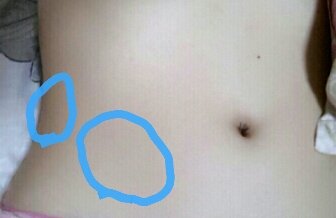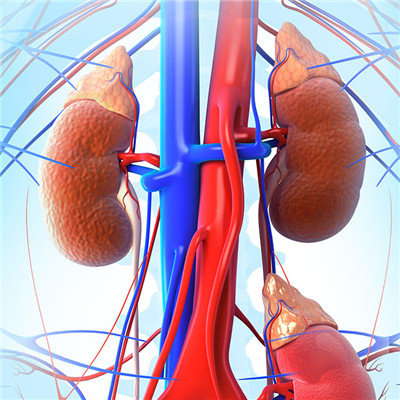Symptoms of spontaneous pneumothorax
summary
Gas into the pleural cavity, resulting in gas accumulation state, known as pneumothorax. It can occur spontaneously, and it can also be caused by diseases, trauma, improper operation or diagnosis and treatment. Gas enters the pleural cavity through the chest wall, diaphragm, mediastinum or visceral pleura. The presence of gas in the pleural cavity often indicates that there are abnormal channels between the pleural cavity and the outside world (through the neck or chest wall), or between the pleural cavity and adjacent cavity organs (such as lung, trachea, bronchus, esophagus or subphrenic cavity organs).
Symptoms of spontaneous pneumothorax
Spontaneous pneumothorax patients often have heavy objects, breath holding, strenuous exercise and other inducing factors, but also have pneumothorax in sleep, patients suddenly feel chest pain on one side, shortness of breath, suffocation, cough, but less sputum, small closed pneumothorax has shortness of breath first, but gradually stable after a few hours, X-ray may not be able to show lung compression.

If the patient has a large volume of air or has extensive lung disease, the patient often can not lie on his back. If you lie on your side, you will be forced to have pneumothorax on your side to relieve shortness of breath. The degree of dyspnea was related to the amount of gas accumulation and the extent of original lung lesions. Even a small amount of localized pneumothorax may cause obvious chest pain and shortness of breath when pleural adhesions and pulmonary dysfunction are present.

Tension pneumothorax due to the sudden rise in the chest, lung compression, mediastinal displacement, serious respiratory and circulatory disorders, patients with tense expression, chest tightness, and even arrhythmias, often struggling to sit up, restless, cyanosis, cold sweat, pulse fast, collapse, and even respiratory failure, unconsciousness.

matters needing attention
When pneumothorax occurs on the basis of the original severe asthma or emphysema, the symptoms such as shortness of breath and chest tightness are sometimes difficult to detect. Careful comparison with the original symptoms and chest X-ray examination should be made. Physical examination showed that the trachea mostly moved to the healthy side, there were signs of pneumatosis in the chest, the chest of the affected side swelled, the respiratory movement and speech tremor weakened, the percussion showed excessive echo or drum sound, and the auscultation respiratory sound weakened or disappeared. The right pneumothorax can decrease the boundary of liver voiced sound. When there is hydropneumothorax, it can be heard to vibrate water in the chest. If hemopneumothorax has excessive blood loss, blood pressure will drop, and even hemorrhagic shock will occur.













